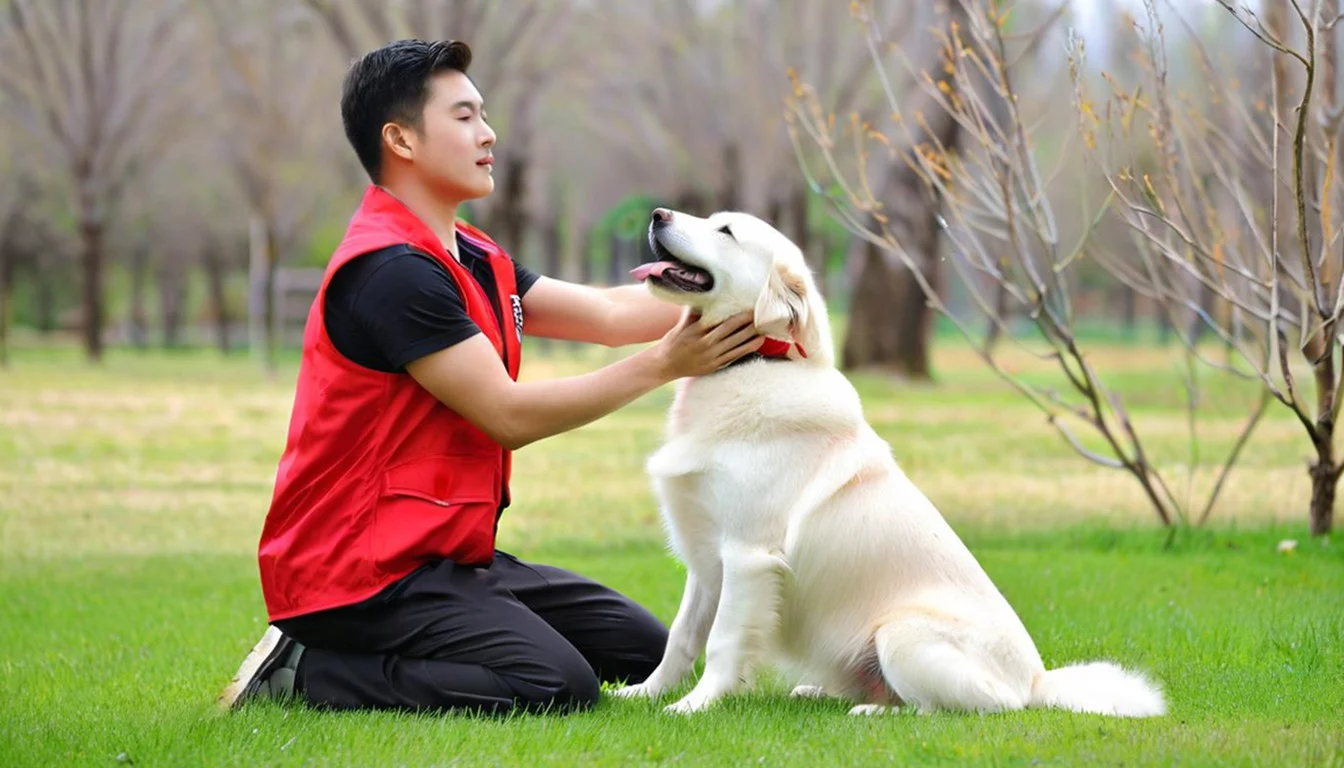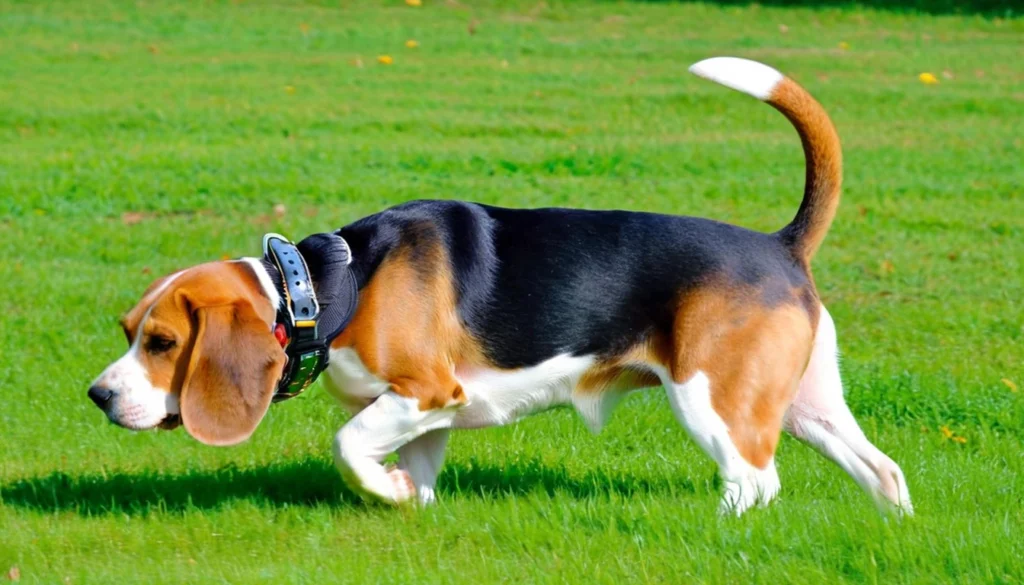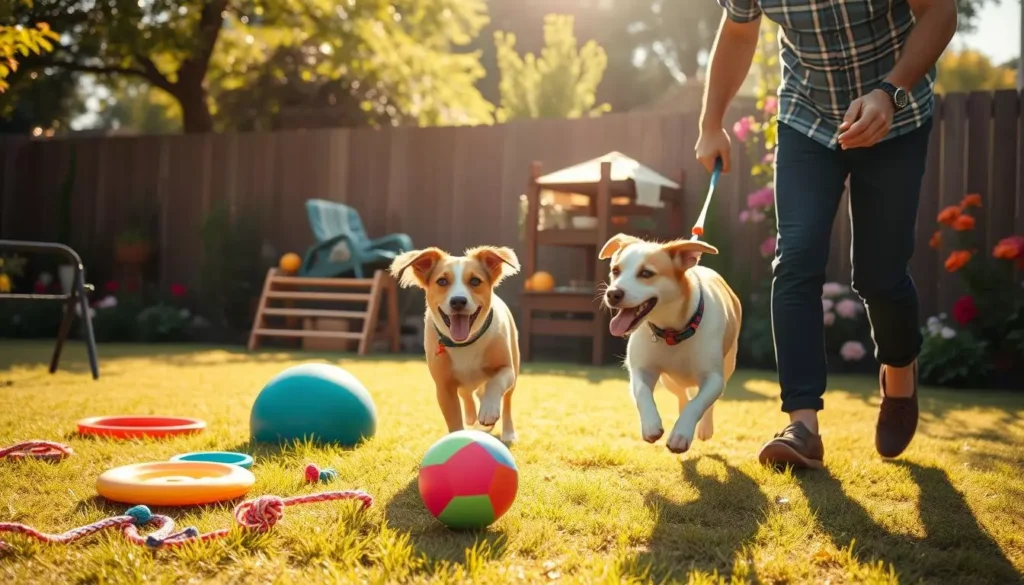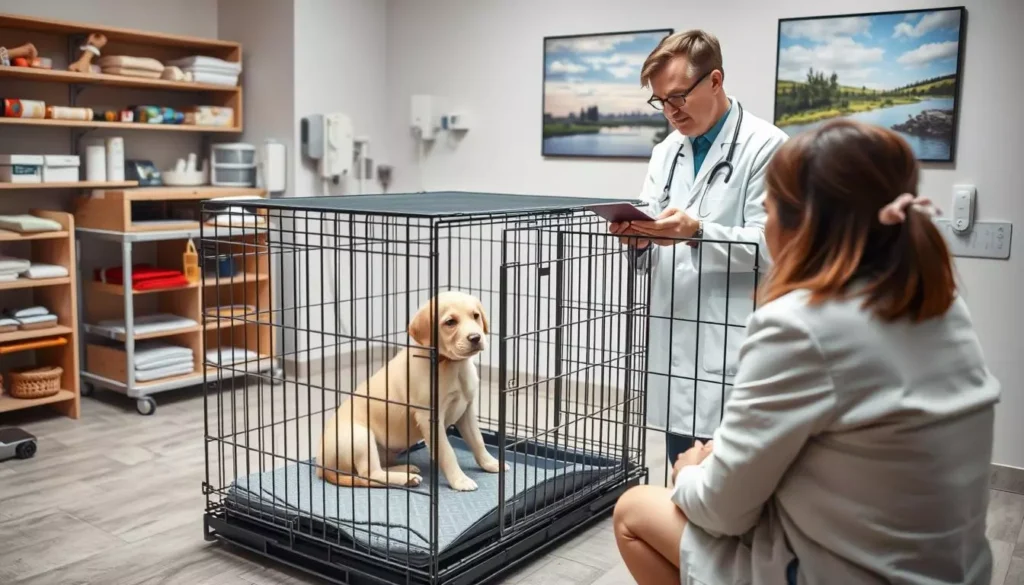I still remember the first time my neighbor raised his voice and smacked his Labrador for chewing a shoe. The dog flinched and tucked his tail, then stayed distant for the rest of the afternoon. This moment made me rethink dog training methods and seek kinder, evidence-based choices.
It’s tempting to ask, does hitting a dog help with training when a pup repeats the same mistake? From what I’ve learned, hitting may stop a behavior briefly. But it often creates confusion, fear, and damaged trust. Humane dog training methods and positive reinforcement training offer clearer pathways to lasting change and a stronger bond.
Key Takeaways
- Hitting can suppress behavior short-term but often causes fear and confusion.
- Positive reinforcement training builds reliable behaviors without pain.
- Humane dog training methods strengthen trust and reduce stress.
- Many owners punish out of frustration or lack of alternatives.
- Resource-based rewards (food, access to play) are practical, effective tools.
Understanding how dogs learn: conditioning, reinforcement, and punishment
I watch dogs learn every day. I see simple rules guide their behavior. They repeat actions that bring rewards and avoid those that don't.
Learning starts with the basics. Classical conditioning links a neutral cue with a meaningful event. Operant conditioning connects a dog's action to a consequence, shaping behavior.
Reinforcement is key in training. Positive reinforcement uses treats, praise, or play to reward good behavior. This makes the behavior more likely to happen again.
Punishment might seem effective at first. A sharp correction can stop a behavior right away. But, it's not about understanding; it's about surprise or pain.
I compare outcomes to show differences clearly.
| Learning Process | How it Works | Typical Result |
|---|---|---|
| Classical conditioning | A neutral signal becomes meaningful by pairing it with an event | Dog anticipates events from cues and shows predictable responses |
| Operant conditioning | Actions are followed by rewards or penalties | Desired actions increase with rewards; undesired actions drop with consistent consequences |
| Positive reinforcement training | Rewards strengthen chosen behaviors | Stable habits, stronger bond, higher learning capacity |
| Punishment (aversive) | Pain or fear suppresses behavior | Short-term suppression, risk of fear, misattribution, or aggression |
Teaching what to do is better than punishing what not to do. When dogs trust me, they learn faster. Stress and pain limit their ability to form new habits.
does hitting a dog help with training
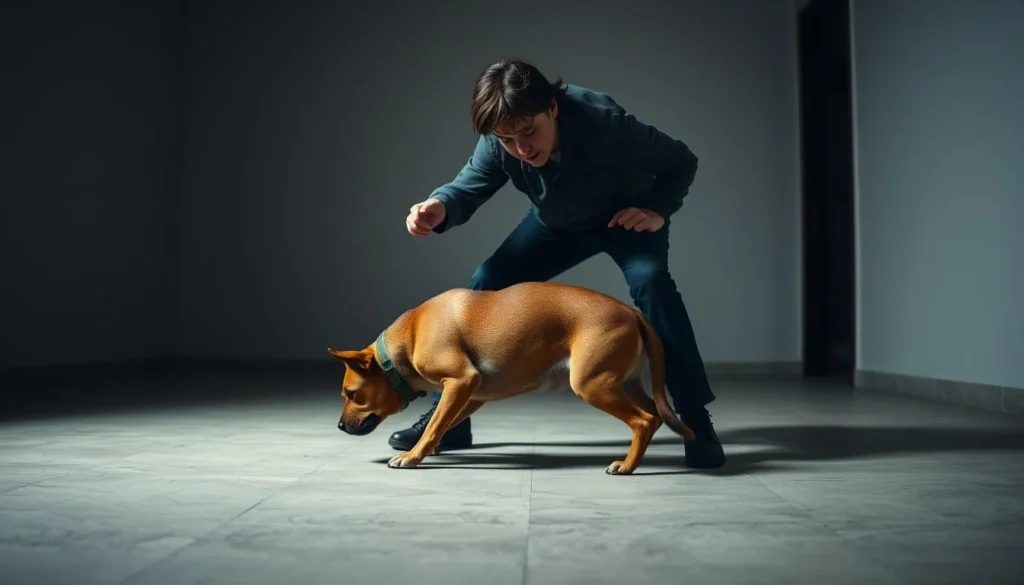
Many owners wonder if a quick hit will fix bad habits. I say hitting a dog might stop bad behavior right away. But, it's not always the whole story.
Immediate suppression versus long-term behavior change
A quick smack or a pop on the leash can stop bad behavior fast. It feels like it works right away. But, it's not always the best solution.
Just stopping a bad action doesn't teach a better one. Dogs need clear signs, timing, and positive reinforcement for lasting change. Physical corrections don't provide these.
Risks of confusion, fear, and misattribution when the dog can’t link action to consequence
Punishment often comes too late. If the dog can't connect the pain to the action, it gets confused. I've seen dogs avoid things because they associate the wrong thing with punishment.
This confusion leads to fear. Fear makes dogs hide, submit, or even become aggressive. Trust breaks down when a dog can't predict when it's safe or not.
Habituation to pain and diminishing returns
Many dogs get used to pain over time. Corrections that once worked start to fail. I've seen people use more force or try different tools, like prong collars, to get the same effect. This can lead to injury and stress.
When punishments don't work anymore, owners get frustrated. This makes it harder to switch to kinder, more effective ways to change behavior.
Consequences of hitting dogs for training: behavior and bond impacts
Well-meaning owners sometimes use physical correction to stop unwanted actions in dogs. They might see quick results, but the long-term effects can be worse. Hitting dogs can change how they feel, think, and act around people.
Increased fear, anxiety, and stress responses
Dogs that are hit for behavior can develop chronic stress. They may show signs like tucked tails, avoiding people, and stiffening. These signs show a bigger problem than just the behavior.
Stress makes learning hard. Dogs under stress stop trying and start reacting to threats. This makes training them harder and less effective.
Potential for fear aggression and defensive biting
Fear can lead to aggression in dogs that feel trapped. Experts like Marissa Sunny and Linda Keehn say punishment can make dogs fearful. A dog that once cowered may bite to protect itself.
Defensive biting often surprises owners. It happens when pain or surprise links people to harm. This makes training riskier and rebuilding trust harder.
Damage to trust and the human-dog relationship
Trust is fragile. Physical correction can damage the bond between owner and dog. Dogs may avoid eye contact, stop seeking affection, or show appeasement behaviors like licking and cowering after punishment. These reactions make owners feel guilty and make training harder.
Using rewards and clear rules helps avoid these problems. It builds trust, reduces fear aggression risk, and prevents bond damage. I prefer training methods that teach reliable skills without harming the relationship.
Common contexts where owners resort to physical punishment and why they do it
Owners often use harsh corrections when they feel they have no other choice. They might think it's a quick fix to stop their dog's bad behavior. But, this method might not solve the problem for long.
Another reason is frustration. Maybe the owner had a long day or tried many times without success. In these moments, emotional punishment can happen quickly.
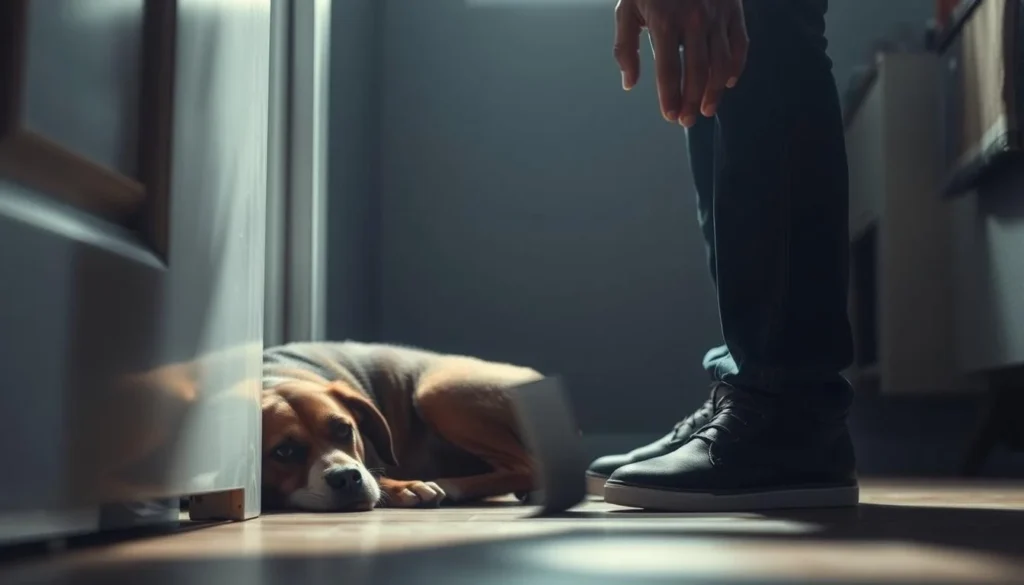
Some owners follow advice from trainers or online videos. They might use tools like prong collars or choke chains. They believe these are shortcuts to training, but they can actually cause fear and confusion.
Leash pulling is a common issue. Owners might yank the leash or use a corrective collar. I suggest better ways to manage this, like using the right harness and positive reinforcement.
Jumping at guests is another problem. Owners might knee or snap the dog to stop it. Instead, teaching a calm greeting and rewarding good behavior is better.
Potty mistakes can also lead to harsh methods. Some owners make their dog smell their own pee. This is harmful and doesn't teach the dog to go outside.
Even professional trainers can make mistakes when stressed. I teach them to learn and use better methods. This way, they can avoid hurting their dogs and keep their bond strong.
Humane dog training methods I prefer: positive reinforcement training and resource control
I use reward-based training because it builds trust and calm. My goal is to teach dogs what I want them to do, not just what to avoid. I use clear cues, short sessions, and high-value rewards to keep things simple and predictable.
What positive reinforcement training looks like in practice
I break skills into small steps and reward any progress. For potty training, I take the dog on leash to the spot, wait calmly, and reward immediately. Then, I let playtime be a reward.
For greetings, I ignore jumping and reward calm behavior. For leash walking, I reward attention and a loose leash with treats like string cheese or hot dog.
Using resource control (access to walks, food, play) instead of pain
I use access to valued resources to shape behavior. If a dog jumps when I'm about to feed, I pause the meal until calm. If the behavior continues, I use a brief time-out. This teaches the dog to work for rewards and builds affection, not fear.
Examples: teaching calm greetings, leash walking, and potty training with rewards
Calm greetings: I ignore jumps and reward calm behavior. Leash walking: I hold treats at chest level and reward for walking without pulling. Potty training: I follow a schedule, take the dog to the same spot, praise and reward immediately, and end with play as a reward.
| Problem | Positive reinforcement steps | Resource control tactic |
|---|---|---|
| Jumping for attention | Ignore jumps, reward four paws on floor, repeat short drills | Withhold petting and play until calm; release reward when quiet |
| Leash pulling | Reward loose leash steps, stop and wait when pulling begins | Pause walk access until dog returns to heel or attention |
| Potty mistakes | Scheduled outings, immediate praise and treats for success | Limit indoor freedoms until the dog consistently eliminates outside |
I avoid physical punishment because it harms trust and confuses learning. I never use force for potty training, as rewards and management solve the issue safely. Staying calm, planning ahead, and using high-value treats and short sessions makes training humane and effective.
Training techniques to avoid hitting dogs and practical alternatives
I like to have clear, calm plans to avoid problems. I use management strategies to change the environment and set up routines. This reduces stress and makes learning easier.
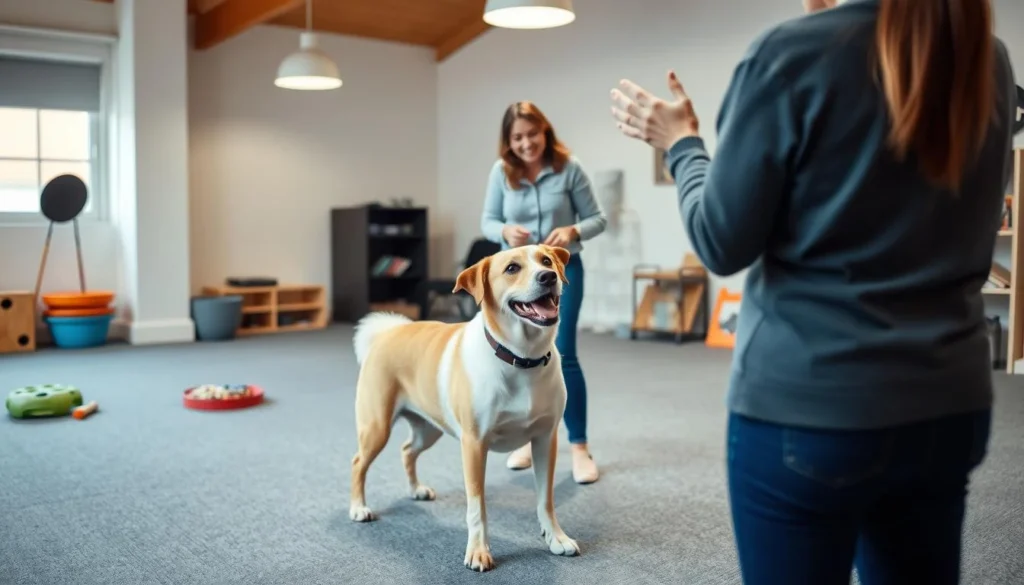
I start by finding what triggers bad behavior and finding simple fixes. For example, if my dog barks at the door, I teach them to go to a mat instead. This way, I avoid reacting and teach them to behave.
I use tools like baby gates and leash tethers to keep things safe. If my dog mouths, I give them a chew. If they pull on walks, I stop and reward them for walking nicely. This way, they learn to behave without getting hurt.
Redirection works best with rewards. I give them toys instead of letting them mouth things. I also teach them to wait calmly for meals. This keeps them busy and happy.
Timeouts are a gentle way to teach them when they're wrong. I take them out of the situation until they calm down. Then, I let them back in as a reward. This teaches them that calm behavior is good.
Withholding rewards is another tool I use. If my dog jumps for attention, I ignore them until they calm down. This teaches them to behave without punishment.
If I'm feeling overwhelmed, I take a break. I might call a friend or schedule a walk with a trainer. Getting help early prevents problems and keeps training positive.
My approach includes prevention, redirection, timeouts, and rewards. Each method helps avoid fear and keeps learning positive. I focus on small steps and consistent rules to teach skills without force.
Understanding the impact of punishment on dog behavior and learning science
I examine how punishment affects behavior through science. I aim to explain why quick punishment might hide deeper issues. It's important to understand how timing, context, and stress affect learning.
Why aversive methods can create mislearning and generalized fear
Pain-based corrections can teach the wrong lesson to dogs. A harsh tug, shout, or strike can make them fear their handler or certain places. This mislearning hinders clear communication.
Stress makes dogs focus on safety over learning. This stress can lead to generalized fear. Dogs might freeze, run away, or show aggression. Fear can stop them from showing behaviors they once knew.
What research positive reinforcement tells us about safer learning
Studies and organizations like the American Veterinary Society of Animal Behavior support positive reinforcement. It builds reliable behaviors with fewer side effects than punishment.
Rewards motivate and focus a dog's attention. This improves retention and makes behaviors easier to use in different situations. I prefer methods that reward good actions rather than punish bad ones.
How punishment can erode communication and reduce learning capacity
Punishment disrupts the conversation between humans and dogs. Unclear outcomes make cues meaningless. This reduces learning capacity and makes training slower and less consistent.
Trust is delicate. Repeated aversive events can make dogs defensive. They focus on survival strategies rather than working together.
| Training Factor | Punishment Effects | Reward-Based Effects |
|---|---|---|
| Behavior reliability | Short-term suppression; variable long-term success | Steady increase in reliable responses |
| Emotional state | Higher stress, risk of generalized fear | Lower stress, positive associations |
| Communication clarity | Breakdown when timing or intent is unclear | Clear signals reinforced by predictable outcomes |
| Risk of mislearning | High: wrong targets, avoidance, fear | Low: targeted skill acquisition |
| Long-term bond | Damage to trust and cooperation | Strengthened bond and willingness to work |
Building trust with your dog through training: long-term benefits and steps I take
I build trust with my dog through training by making outcomes predictable and kind. I use routines and clear rewards to teach my dog that I control good things. This predictability helps my dog cooperate without fear and supports lasting change.
I use consistent cues so my dog knows what I expect. I use short, repeatable words and the same body signals. This reduces confusion and helps my dog learn faster and stay confident.
I keep expectations clear and small. I set simple goals for each session and end on a win. This makes my dog feel successful and reinforces the idea that training is fair and reliable.
I balance training with play and exercise to keep learning joyful. Structured work, walks, and interactive games prevent boredom. A tired, engaged dog is easier to teach and less likely to test boundaries.
I practice self-care to avoid reactionary punishment. When I am rested, I react calmly. Short breaks, a walk for myself, and breathing exercises cut stress and reduce the chance I'll lash out in frustration.
I track sessions in a simple journal. I note what worked, what failed, and what triggered me. This helps me make small adjustments to lower stress and improve outcomes over time.
I rely on humane dog training methods that reward success. I use withholding resources or time-outs when needed. These approaches teach limits without pain and preserve trust.
I admit I make mistakes. When I slip, I reset with kindness, repeat basics, and seek help from a professional trainer when needed. This keeps learning steady and protects the bond I’ve built with my dog.
Effective training techniques for dogs: case examples and step-by-step plans
I guide you through real, reward-based plans for common issues. These steps are easy to follow at home, needing patience and consistency. I steer clear of force, showing it's better for learning and building trust.
Let's start with potty training. Take the dog on leash to the spot, wait calmly, and praise with a treat. Stick to a routine: morning, after meals, after play, and before bed. Make playtime a reward to link success with fun.
Don't rub the dog's nose in accidents. It confuses them and can make them fearful. If you catch an accident, gently take the dog outside. Remember, hitting doesn't help with potty training. It hurts learning and trust.
Stopping jumping is next. Ignore the dog until all four paws touch the floor. Reward this with treats and attention. Practice at the door or when guests arrive. Teach a new cue like “sit” and reward calm responses.
Leash pulling needs shaping and management. Use treats to mark good behavior and praise quickly. Short walks help keep focus, then increase time as they improve. Avoid harsh collars; they stress dogs and worsen pulling.
Working with reactive dogs is delicate. Punishment can make things worse. Early help from a professional trainer is key for complex cases. They create plans that use positive reinforcement to change how dogs feel.
If you're unsure or see aggression, get help fast. A certified trainer can help understand body language and triggers. They'll guide a safe, effective plan for changing behavior.
Conclusion
I've learned that hitting a dog doesn't really help with training. It might stop a bad behavior for a moment. But, it can cause fear, confusion, and damage the bond between dog and owner.
These effects slow down learning and can make things worse. Instead, I use humane training methods. Positive reinforcement and resource control teach my dog what I want.
By rewarding good behavior and redirecting bad ones, we avoid pain and fear. This way, my dog learns without stress.
Many owners punish their dogs out of frustration, habit, or bad advice. I've been impatient too. But, I've found better ways.
Learning from certified trainers and taking breaks when needed helps. Asking for professional help when I'm overwhelmed keeps me from hitting. This approach strengthens our bond and builds lasting, cooperative behavior.

